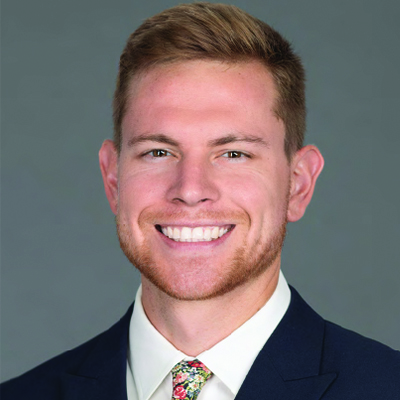
Schneider Downs IT Risk Advisory Services Manager Bill Deller has been involved with Shared Assessments from the get-go. He helped shape the development of the CTPRA designation, and he’s presented at the annual Shared Assessments Summit breakouts. As a leader in his firm’s third party risk management (TPRM) practice, he helps clients strengthen every facet of the TPRM lifecycle, from designing and implementing new programs to improving existing programs and handling assessments via an outsourced assessment model. Bill also trains Schneider Down’s growing talent pool of third party risk assessors, which is why he values keeping his technical skills sharp by maintaining his CTPRP and CTPRA credentials. Here, he weighs in on the certifications’ benefits, including the how they help address a big ask that challenges early-career assessors.
Why are you a proponent of the CTPRA designation?
Bill Deller: Assessors are the lifeblood of third party risk management. Without them, TPRM doesn’t exist. Generally speaking, many assessors are relatively early in their careers, and a lot is being asked of them in terms of the many, highly technical areas they are expected to assess. Each functional area within the [CTPRA] body of knowledge seems to address these needs. I find the CTPRA especially valuable because it covers the full breadth of assessment-related subjects while delivering the practical technical knowledge assessors need to operate confidently in the TPRM world. The applicability of the technical knowledge is what’s most valuable to our team.
Did addressing that need lead you to participating in the design of the CTPRA designation?
Bill Deller: It did. I was motivated to participate because of the lack of consistent technical training available to assessors prior to 2018. There were some other certifications out there, but I don’t feel they cover the same materials that the CTPRA does. I wasn’t alone — other veteran TPRM professionals thought a certification was needed to specifically address third party risk assessment.
How have the CTPRA and the CTPRP certifications benefited Schneider Downs and your role there?
Bill Deller: The primary benefit of the certifications is the associated body of knowledge. We use it quite often. It has held up as the golden standard in the TPRM profession even as the profession has expanded significantly in the past few years. When we present to prospective clients or advise existing clients we can lean on our experience and both [certification] bodies of knowledge as industry best practices. That gives us a unique perspective that seems to be valued.
On a personal level, I’m no longer on the front lines performing assessments, but I get value from maintaining my CTPRA designation from a training perspective. It keeps my knives sharp, so to speak, and lets me demonstrate the proper assessment techniques. I’m continually fine-tuning my knowledge and expertise. I haven’t seen any other certification out there that provides a similar blueprint for continuous training and upgrading the necessary technical skills within TPRM.
Besides maintaining the certifications how else does your firm stay current on the latest TPRM trends and issues?
Bill Deller: We’ve tasked a group of folks on our team to carve out time each week to conduct research and development and then share what’s new. We know that if we don’t stay abreast of the most current technology, that we’re going to fall by the wayside. New technology used to become ancient within 18 months, but that number continues to shrink.
Connect with Bill.
